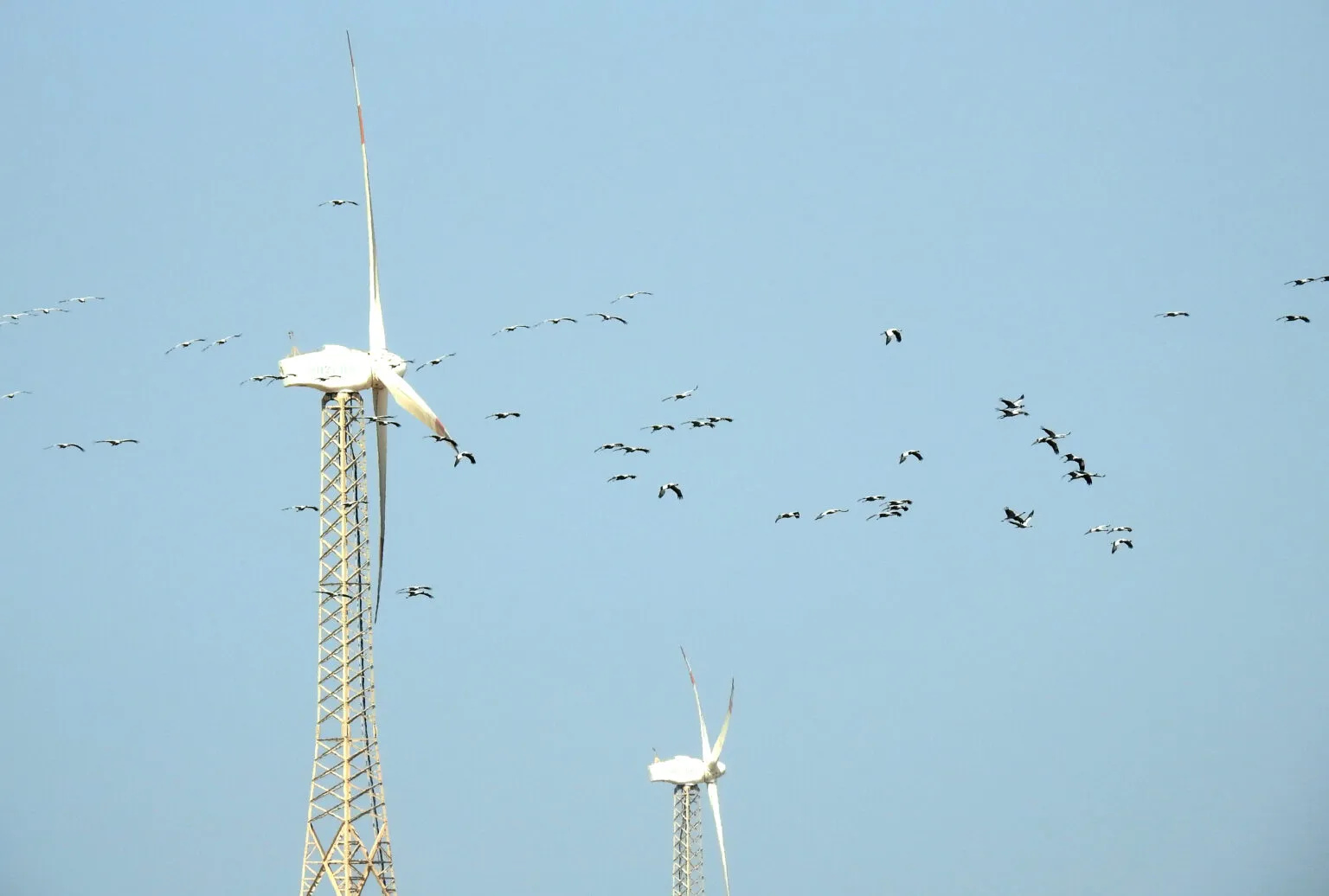A recent study led by Hannah Vanderbilt Zandenan, assistant professor of biology at the University of Florida, sheds light on a critical environmental issue: the rising bird fatalities at wind and solar energy facilities. This is an area where renewable energy is gaining prominence.
This comprehensive research, published in “Conservation Biology,” utilized stable hydrogen isotope data from bird feathers to trace the geographic origins of avian casualties at these energy sites. A collaborative effort from the University of Florida’s Animal Migration and Ecology Lab, the study analyzed feathers from 871 birds found dead at various solar and wind energy facilities in California.
Geospatial analyses of stable hydrogen isotopes were used by the team. This technique pinpoints where the feathers were grown based on the water the birds consumed. The researchers were enabled by this innovative approach to differentiate between local and migratory birds, providing new insights into the impact of renewable energy on avian populations.
A significant number of birds killed at these facilities were not local, contrary to common belief, according to the findings. A majority of the bird fatalities were of no local origin, peaking during migratory periods in April, September, and October, specifically at the solar energy sites. These birds probably mistook solar panels for water bodies or were harmed by the intense heat of concentrating solar power plants.
Contrary to this, wind energy facilities saw an almost equal proportion of local and migratory bird deaths, with migratory birds accounting for 51% of the fatalities, likely owing to collisions with wind turbines. The results of the study are pivotal for developing targeted conservation strategies.
Similar Posts
Vanderbilt Zanden said, “This type of data can help inform us about the best strategies to use to minimize or mitigate the fatalities.” Her suggestion is that facility management could collaborate with conservationists to enhance local habitats or improve conditions in regions where migratory birds originate.
Additionally, the use of stable isotope data in this context is groundbreaking. A noninvasive way to gather vital information for bird conservation is offered by it. It also sets a precedent for monitoring future population trends. Vanderbilt Zanden elaborated, “Studying the remains of animals is a noninvasive approach to getting information that is otherwise hard to track and apply to conservation.“
It is equally important to consider the environmental repercussions of the development of renewable energy, while it is crucial for combating climate change. One of the environmental repercussions is bird fatalities. Therefore, this study represents a crucial step in balancing the needs of renewable energy development with wild life conservation.
The doors for further studies and actions are getting a much-needed push from the research. The research suggests a need for renewable energy facilities to incorporate bird-friendly designs and for policymakers to consider these impacts in their planning and regulatory processes. Such collaborations between ecologists, conservationists, and the energy sector will be key to ensuring a sustainable future for both energy and wildlife as renewable energy continues to grow.
In short, this study not only highlights a significant environmental challenge but also offers a scientifically robust method for addressing it. The necessity of integrating wildlife conservation into the narrative of renewable energy development is underscored by the study. It ensures that our pursuit of clean energy does not come at the cost of our planet’s biodiversity.


















![Big city Los Angeles smog building [photo source: pixabay] [PDM 1.0]](https://www.karmactive.com/wp-content/uploads/2025/04/46-of-Americans—156-M—Now-Breathe-Hazardous-Smog-and-Soot-State-of-the-Air-Report-Exposes-Decade-High-Pollution-1-150x150.jpg)